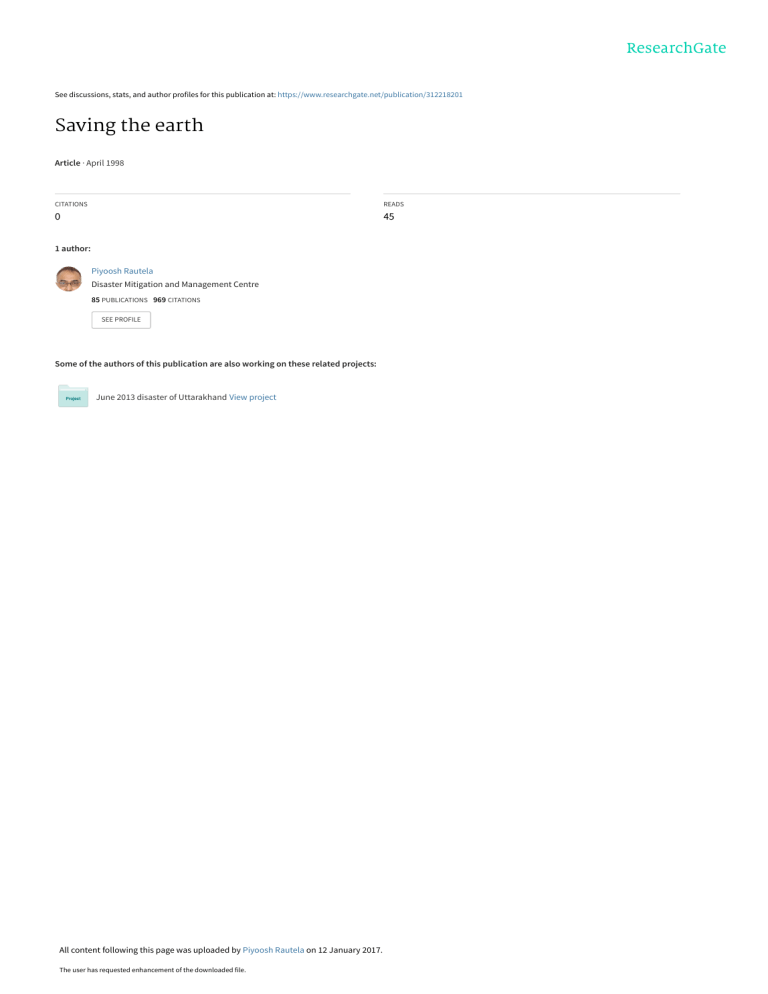
The D/E ratio indicates how reliant a company is on debt to finance its operations. The nature of the baking business is to take customer deposits, which are liabilities, on the company’s balance sheet. And, when analyzing a company’s debt, you would also want to consider how mature the debt is as well as cash flow relative to interest payment expenses. Restoration Hardware’s cash flow from operating activities has consistently grown over the past three years, suggesting the debt is being put to work and is driving results.
How To Calculate Your Debt-To-Income Ratio
If a company’s D/E ratio significantly exceeds those of others in its industry, then its stock could be more risky. Finally, if we assume that the company will not default over the next year, then debt due sooner shouldn’t be a concern. In contrast, a company’s ability to service long-term debt will depend on its long-term business prospects, which are less certain. As a rule, short-term debt tends to be cheaper than long-term debt and is less sensitive to shifts in interest rates, meaning that the second company’s interest expense and cost of capital are likely higher.
Would you prefer to work with a financial professional remotely or in-person?
DTI also can impact your credit if you owe so much that you aren’t able to keep up with payments. As the most heavily weighted factor in calculating your credit score, payment history makes up 35%. Just one missed payment can knock quite a few points off your score, so it’s important to keep your debt levels manageable. This is a strong indication that you have enough cash to make your payments on time every month. A low DTI is also a great sign that you’re in a solid place financially and can comfortably afford your lifestyle—whether or not you plan to borrow. If you can boost your income or have cash reserves that you can use to pay off debt, you could improve your DTI ratio quickly.
- The benefit of debt capital is that it allows businesses to leverage a small amount of money into a much larger sum and repay it over time.
- It is crucial to consider the industry norms and the company’s financial strategy when assessing whether or not a D/E ratio is good.
- Understanding the debt to equity ratio is essential for anyone dealing with finances, whether you’re an investor, a financial analyst, or a business owner.
- To obtain the company’s equity figure, USD1 million is subtracted from the USD2 million in assets, as this figure includes assets funded by both debt and equity.
- If both companies have $1.5 million in shareholder equity, then they both have a D/E ratio of 1.
Is there any other context you can provide?
They also assess the D/E ratio in the context of short-term leverage ratios, profitability, and growth expectations. Because lenders consider each aspect of your financial strength, high credit score could be a compensating factor to improve your chances of qualifying. You’ll also boost your credit score by cleaning up your credit reports.
It is the opposite of equity financing, which is another way to raise money and involves issuing stock in a public offering. A steadily rising D/E ratio may make it harder for a company to obtain financing in the future. The growing reliance on debt could eventually lead to difficulties in servicing the company’s current loan obligations.
What is the debt-to-equity ratio?
This tells us that Company A appears to be in better short-term financial health than Company B since its quick assets can meet its current debt obligations. The D/E ratio of a company create and send an online invoice for free can be calculated by dividing its total liabilities by its total shareholder equity. In the banking and financial services sector, a relatively high D/E ratio is commonplace.
Remember that your credit score, employment history and overall financial stability also influence mortgage loan approval. Lenders assess your entire financial picture to determine your eligibility. So, you can still qualify for a home loan if you don’t have a particularly low DTI. However, you may receive higher interest rates from lenders in this situation. If you’ve got $6,000 in gross monthly income, to have that desired front-end DTI ratio be 28 percent, your maximum monthly mortgage payment would be $1,680. Use your monthly payment for fixed-rate loans like personal loans and auto loans.

In other words, 32% of your gross monthly income goes toward paying back debt. If your debt-to-income ratio for a mortgage is not within the recommended range, you can aim to lower it. If money’s tight, you may be best off making a smaller down payment and applying your savings to those bills, says Adam Schick, account supervisor at The Wilbert Group.
This method is stricter and more conservative since it only measures cash and cash equivalents and other liquid assets. The principal payment and interest expense are also fixed and known, supposing that the loan is paid back at a consistent rate. It enables accurate forecasting, which allows easier budgeting and financial planning. On the other hand, when a company sells equity, it gives up a portion of its ownership stake in the business. The investor will then participate in the company’s profits (or losses) and will expect to receive a return on their investment for as long as they hold the stock. Debt financing is often seen as less risky than equity financing because the company does not have to give up any ownership stake.










